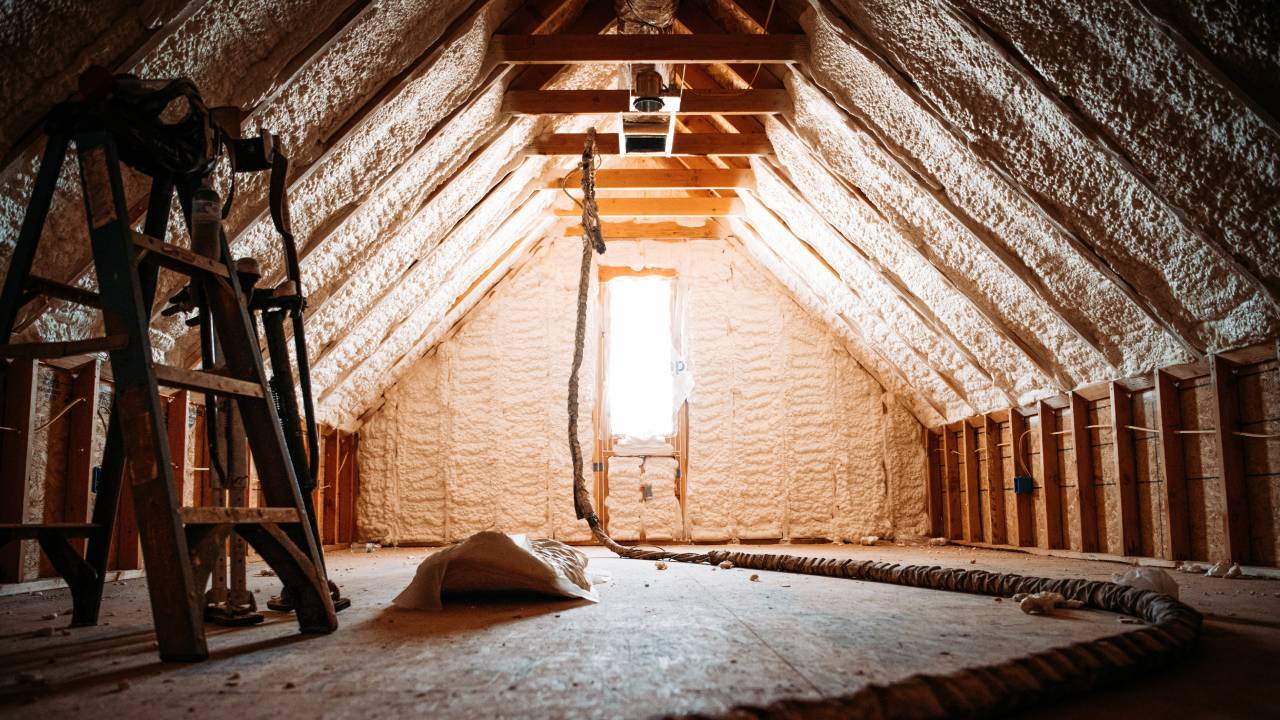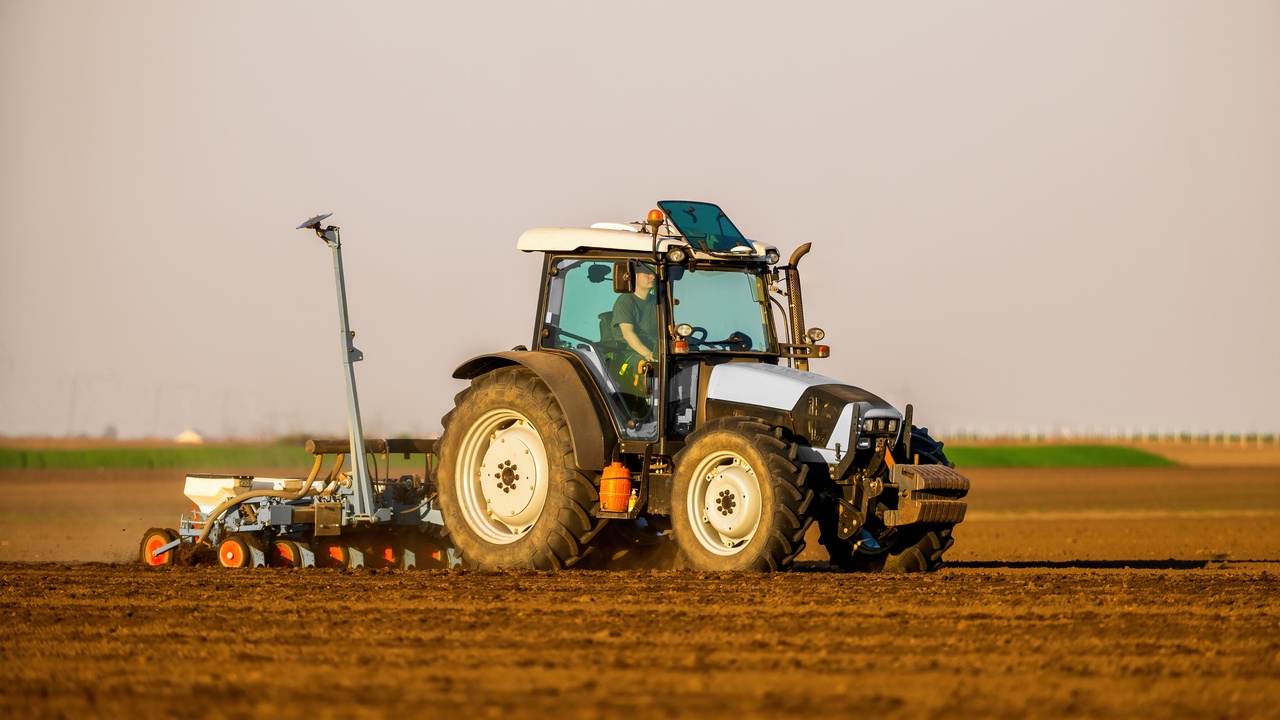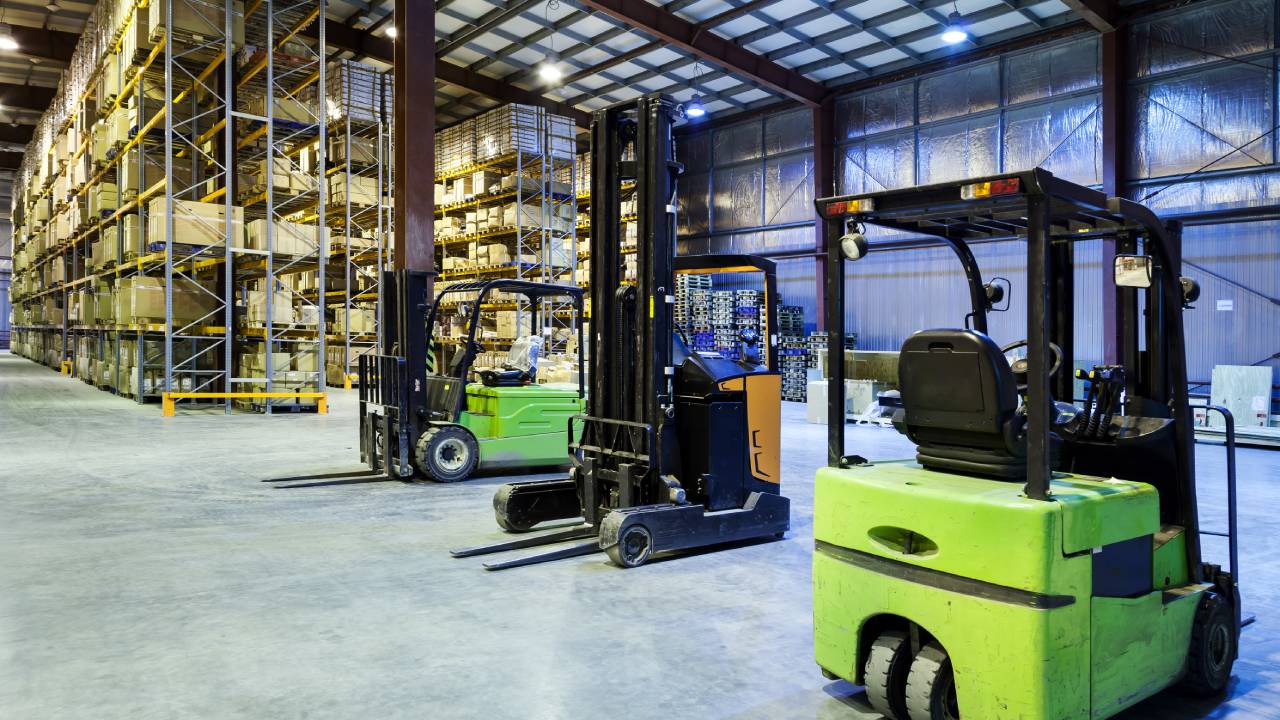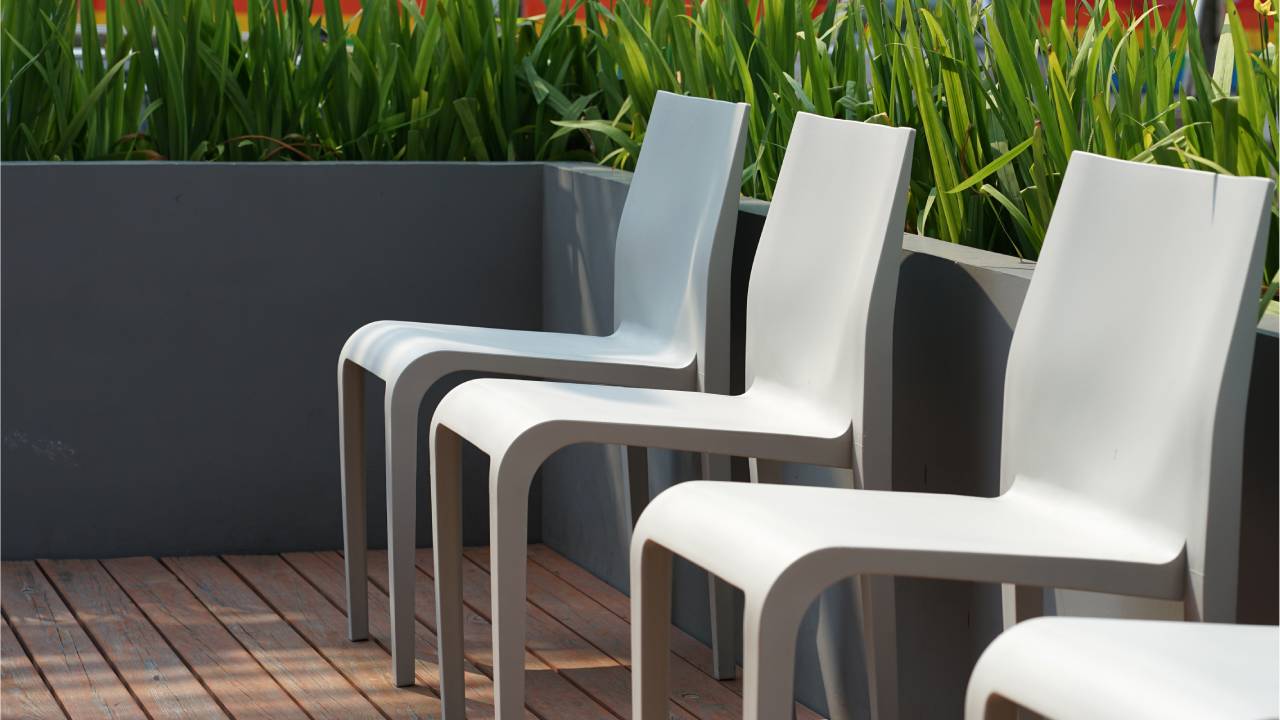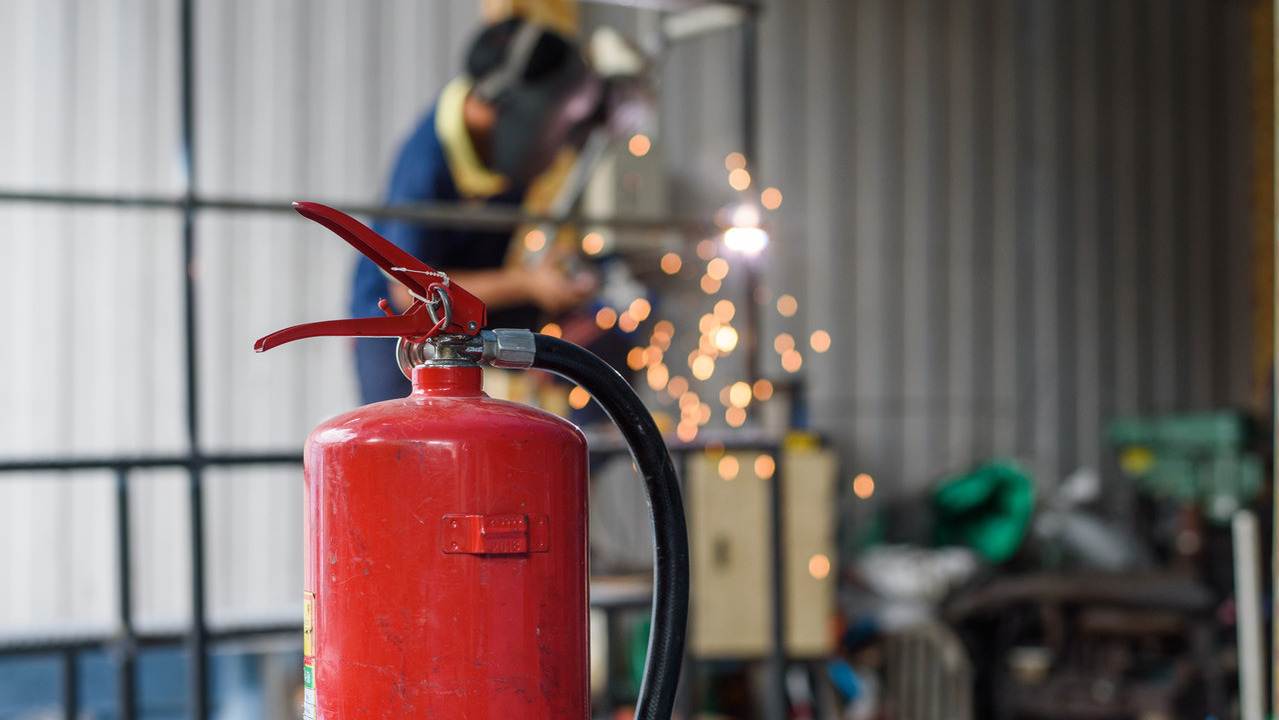Fortify your homestead by learning how spray foam strengthens insulation, boosts energy efficiency, and adds fire resistance for long-term preparedness.
Author: Dianne Pajo
Dianne Pajo is a writer based out of the Chicagoland area with a passion for music, combat sports, and animals. She enjoys competing in amateur boxing and kickboxing, but in her other leisure time, you can find her performing music around the city. She is also a dog mom of 2.
Tips for Improving Tractor Attachment Performance
Boost your tractor attachment performance with expert tips! Learn about choosing the right tools, maintaining equipment, and maximizing efficiency.
How Warehouses Can Reduce Their Carbon Footprint
Optimize your warehouse logistics and adopt sustainable practices to reduce carbon emissions, save energy, and contribute to a greener, eco-friendly future.
Reaction Injection Molding in Everyday Products
Get durable, functional, and versatile home products with reaction injection molding. Perfect for complex shapes and specialized designs that last.
What Are the Most Common Welding Hazards?
Identify the potential dangers in welding and take the necessary steps to stay safe. Check out this breakdown of the most common welding hazards.

